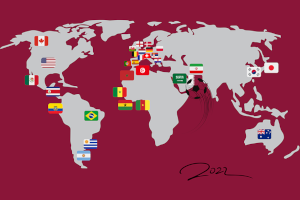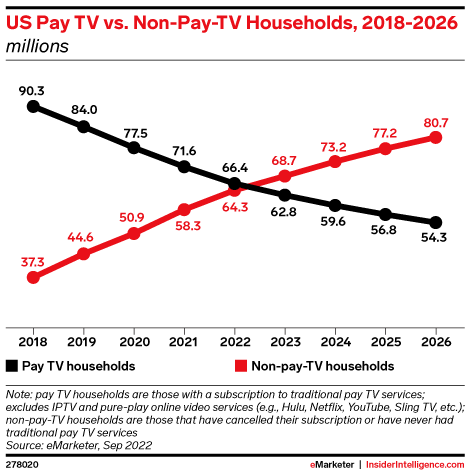World Cup 2022
The 2022 World Cup is underway in Qatar which will be watched by an estimated 5 Billion individuals, up from 3.6 Billion in 2018. No other sporting event garners as much world-wide passion and interest, save the Olympics which is a near tie, and the World Cup occurs every four years so the event provides a unique means of tracking the evolution of digital video usage, and the shift in advertiser spend, throughout the world.
Qualifying Countries and Predicted Favorites

Thirty-two teams (countries) qualified for the 2022 World Cup including Mexico, Canada and the United States so North American viewership will increase from the 2018 World Cup when Canada and the United States did not qualify.
Europe and South America have dominated World Cup play and are again well represented with thirteen European and four South American countries qualifying. All past World Cup winners are from those two regions.
Data Science techniques were used to project the winner and Brazil is the favorite, the only country to play in every World Cup, while Argentina, France, Belgium & England have a solid chance of winning as well. Regardless of who is expected to progress the beauty of the World Cup is that every qualifying country has the same chance on day one and the passion and support behind each team, within their respective counties, is unparalleled.
Digital Video: Viewership Impact
How could 5 Billion individuals watch this World Cup which is 62% of the world’s population? Could it be that the popularity of soccer is growing in areas like the United States? That has a likely impact but ease of access due to the progression of digital video is a primary contributing factor. The fanatics will watch regardless but ease of access all over the world on phones, laptops and streaming devices will help capture an additional audience. Below are examples in select regions:
India and China contain over a third of the world’s population, each showing a strong interest in soccer as the sport is in the top two sports within both countries. Although neither country qualified for the 2022 World Cup (China qualified in 2002), viewership will be high. 1.3 Billion individuals in India and China watch video digitally, which is over a 30% increase since the last World Cup, and the matches are available online in both counties.
North America: As mentioned above, Canada and the United States did not qualify for the last World Cup and interest in soccer in the United States is rising more than any other sport. In the US, digital video usage continues to rise while subscription-based digital video services are starting to take over traditional linear video. The eMarketer graph below shows that in the past four years (2018 to 2022) traditional pay TV households dropped by over 25% and the number of pay TV households now match the number of non-pay TV households due to the availability of digital video (subscription based & non-subscription based). The shift to primarily digital video is in full swing.

Africa: Soccer (football) is the number one sport and five African countries qualified. Internet usage varies significantly by country ranging from 84%+ in Morocco to less than 20% in nine African countries including Chad. The countries that qualified (Morocco, Senegal, Tunisia, Ghana & Cameroon) are all in the top half of internet usage by population. In some African countries infrastructure still needs to be built to support the progression of digital video usage but countries like South Africa and Nigeria are showing a digital video usage increase on par with the United States, China & Canada.
Digital Video: The Advertising Impact
The continued migration to digital video all over the world has shifted advertising spend significantly. When digital video was new many business processes needed to evolve to embed ads and effectively track the usage, impact and revenue. Now all those technical and business processes are in place and digital video also enables more advanced targeting compared to linear video which allows the advertisers to better target and the publishers to vary pricing based on the targeted audience segments. This shift in advertiser spend is fueling the progression of digital video.
In addition, NextGen over-the-air (OTV) TV is now being rolled out which will eventually enable the same while watching your TV or other device by an easy to connect digital antenna. The groundwork is in place and the digital video evolution will continue. Perhaps 6 to 7 Billion individuals will be watching the 2026 World Cup hosted in North America.

